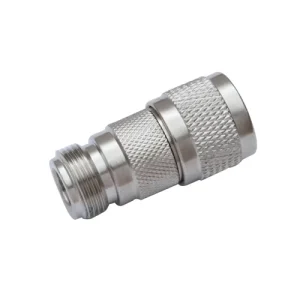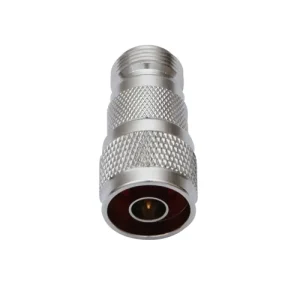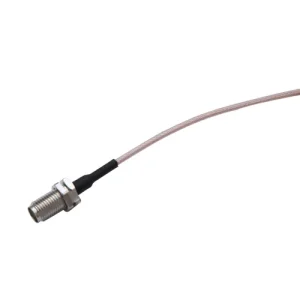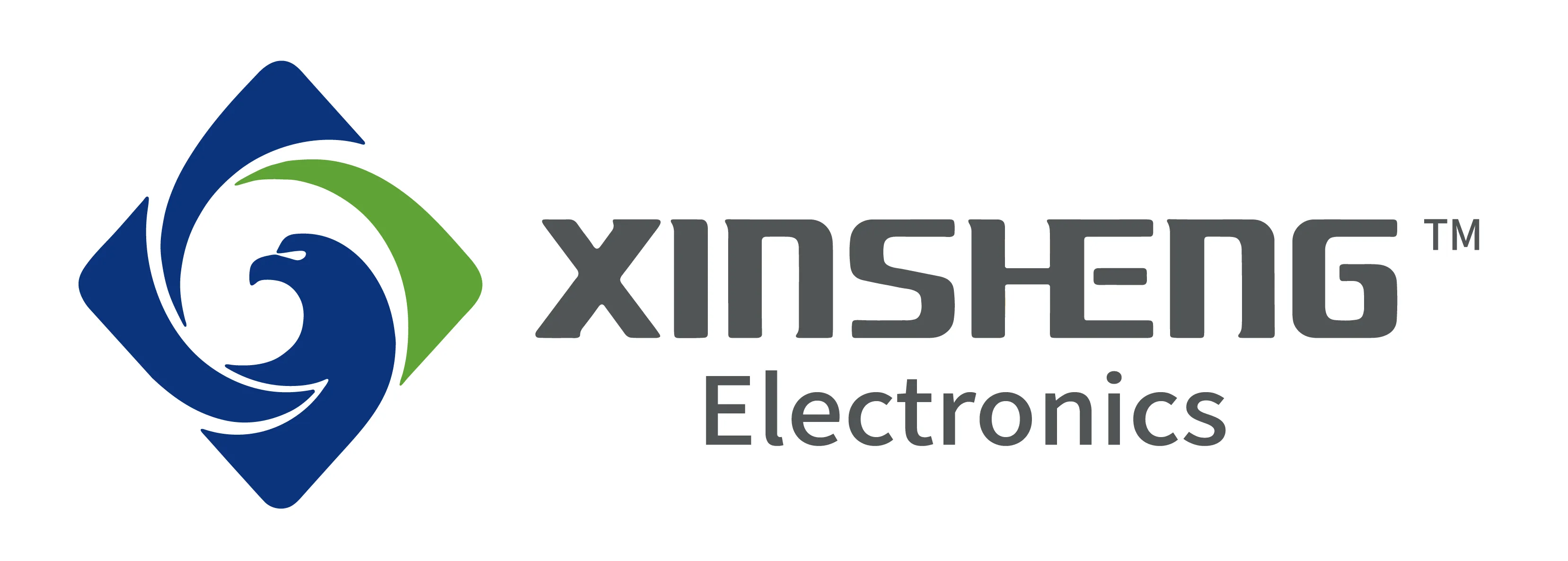What Are Hybrid Connectors? Types and Applications
Introduction
In the modern electronics and industrial sectors, the demand for versatile, compact, and efficient connectivity solutions continues to rise. Hybrid connectors have emerged as an innovative response to this demand. These connectors combine different types of signals—power, data, fiber optics, RF, or pneumatic—in a single interface, offering unmatched flexibility and reliability in a variety of applications.
From robotics and automation to telecommunications and medical devices, hybrid connectors streamline complex systems, reduce cable clutter, and enhance system efficiency. In this comprehensive blog, we will explore what hybrid connectors are, the various types available, their advantages, key applications, and considerations for choosing the right connector.
What Are Hybrid Connectors?
Hybrid connectors are multi-functional connection interfaces that integrate two or more types of electrical, optical, or fluidic contacts into a single connector housing. By combining power, signal, data, and sometimes pneumatic or hydraulic lines, they simplify system design and reduce the number of separate connectors required.
This integration offers a compact, cost-effective, and reliable solution for complex systems, especially those requiring modularity, fast installation, and ease of maintenance.


Additional Benefits of Hybrid Connectors
Beyond the obvious technical and physical advantages, hybrid connectors also contribute to strategic business outcomes. These include:
- Lower Total Cost of Ownership (TCO): Hybrid connectors reduce the number of cables and interfaces, minimizing procurement complexity, maintenance costs, and inventory burden.
- Faster Time to Market: Streamlined system design and faster assembly enable manufacturers to bring products to market more quickly.
- Scalability: As technology evolves, hybrid connectors allow for system expansion without the need for complete redesigns.
- Improved Aesthetics and Ergonomics: Especially relevant in consumer-facing or portable devices, hybrid connectors contribute to sleeker product profiles and better user experiences.
Standards and Regulations
To ensure compatibility and safety across industries, hybrid connectors are often designed according to international standards. Some of the most common ones include:
- IEC and ISO Standards: Ensure electrical safety, mechanical integrity, and environmental performance.
- MIL-SPEC: Military-grade connectors for harsh environments.
- UL and CE Markings: Guarantee compliance with electrical safety and environmental regulations.
Using certified connectors is not only a technical necessity but also a requirement in many regulated industries like aerospace, medical, and automotive.
Connector Manufacturing and Customization
Many hybrid connector manufacturers, including Xinsheng Electronics, offer customization services. Clients can select contact types, configurations, housing materials, locking mechanisms, and environmental ratings to match specific application needs. The process usually involves:
- Initial Consultation– Discussing performance specifications, environment, space constraints, and budget.
- Design Proposal– 2D/3D drawings and technical specifications tailored to the application.
- Prototype Development– Functional testing and evaluation.
- Mass Production– Following successful validation and certification.
Custom connectors are particularly valuable in unique or mission-critical applications where off-the-shelf solutions cannot deliver the desired performance.


Maintenance and Troubleshooting
Proper maintenance extends the lifespan and reliability of hybrid connectors. Here are some essential best practices:
- Regular Inspection: Look for signs of wear, corrosion, or contamination.
- Contact Cleaning: Use appropriate solvents and tools to clean contacts without damaging surfaces.
- Torque Specifications: Follow manufacturer guidelines when tightening threaded connectors.
- Environment Control: Store connectors in dry, dust-free conditions when not in use.
When troubleshooting hybrid connectors:
- Use a multi meter to test continuity in power contacts.
- Verify signal integrity with oscilloscopes or network analyzers.
- Inspect mechanical components for misalignment or deformation.
User Testimonials and Industry Feedback
Several industries have already seen significant improvements with hybrid connector adoption:
- A robotics OEM reported a 25% reduction in assembly time and 40% fewer wiring errors after switching to hybrid connectors.
- A telecom infrastructure provider achieved improved heat dissipation and EMI shielding, resulting in greater uptime for high-performance servers.
- Medical device manufacturers noted easier sterilization and modularity, simplifying their maintenance and regulatory compliance.
These real-world applications highlight how hybrid connectors not only improve functionality but also support broader operational efficiencies.
Emerging Technologies and the Evolution of Hybrid Connectors
As technology advances rapidly across all industries, hybrid connectors are evolving to support increasingly complex and compact systems. Several new trends are shaping the future of these versatile components:
- Miniaturization: With wearable devices, drones, and portable electronics becoming more prevalent, there’s growing demand for connectors that can deliver multi-functionality in miniature form factors.
- Smart Connectors: Future hybrid connectors may integrate sensor technology to monitor temperature, humidity, and wear over time. This could be especially important for aerospace, medical, and industrial IoT applications.
- Higher Data Rates: With the expansion of 5G, IoT, and data-heavy applications, connectors must handle faster data speeds while maintaining signal integrity. Hybrid designs are being optimized to support Gigabit Ethernet, USB 4.0, and other high-speed standards.
- Environmentally Sustainable Materials: Manufacturers are exploring eco-friendly materials and more efficient production methods to reduce environmental impact. Recyclable housings and lead-free soldering are becoming common.
- Integration with Modular Devices: In industrial automation and robotics, hybrid connectors are being tailored to fit modular architectures where plug-and-play functionality accelerates setup and maintenance times.
These developments ensure that hybrid connectors will remain central to next-generation systems requiring speed, versatility, and durability.
Training and Skill Requirements
Implementing hybrid connector technology effectively also involves training and familiarizing teams with proper use and maintenance. Engineering and technical teams must be trained in:
- Connector assembly and disassembly techniques
- Diagnosing and resolving signal integrity issues
- Performing preventive maintenance
- Understanding data and power transmission standards
- Ensuring proper environmental sealing and IP ratings
Training ensures that companies get the most from their hybrid connector systems and reduce the risk of damage or downtime due to incorrect handling.
Expanding Hybrid Connector Applications in New Industries
As industries innovate, hybrid connectors are finding new roles beyond traditional sectors. For instance, in the entertainment and media production industry, hybrid connectors are being used in high-performance audio and video transmission equipment, integrating power, Ethernet, and optical signals for streamlined studio setups.
In agriculture, autonomous machinery and drones require hybrid solutions to connect GPS systems, control units, and power systems simultaneously. These rugged environments demand high durability and resistance to dust, moisture, and mechanical wear.
Even in education and smart campuses, hybrid connectors support next-generation learning tools. Classroom technology and interactive displays often integrate power and data lines through hybrid solutions, promoting more flexible and integrated learning environments.
In emergency services and field-based operations—such as firefighting, disaster response, and military missions—hybrid connectors simplify the setup of portable communication systems, power supplies, and control networks. Fast deployment, high durability, and compactness are essential in these high-pressure scenarios.
Environmental and Sustainability Considerations
As global attention shifts toward sustainable practices, manufacturers and end-users of hybrid connectors are exploring environmentally friendly innovations:
- Material Recycling: New connector designs are increasingly made with recyclable materials, including aluminum shells and lead-free solder.
- Energy-Efficient Production: The hybrid connector manufacturing process is adapting to consume less energy and water.
- Lifecycle Optimization: Connectors are being built with longer life cycles in mind to reduce the frequency of replacements and e-waste.
- Green Certifications: Some manufacturers seek green certifications like RoHS, REACH, and ISO 14001 to demonstrate environmental commitment.
These sustainable approaches not only benefit the planet but also align with consumer and regulatory expectations for ethical manufacturing.
Future Outlook: The Road Ahead for Hybrid Connector Technology
As global connectivity demands grow and systems become increasingly interconnected, hybrid connectors will play an even more central role in future technologies. This section explores how hybrid connector design and usage will evolve over the next decade:
Greater Role in Space and Aerospace
With the miniaturization of satellites (CubeSats) and the increasing complexity of aerospace systems, hybrid connectors will be indispensable in enabling high-density, reliable connections that support both power and data transmission in extreme conditions. These connectors will be optimized for low weight, radiation resistance, and performance stability.
Support for Autonomous Systems
Autonomous technologies in automotive, drones, and robotics require high-speed data processing, power distribution, and real-time communication. Hybrid connectors allow developers to integrate all these capabilities within a single modular system, enhancing system intelligence while maintaining compactness.
AI-Integrated Maintenance Predictions
The integration of artificial intelligence in industrial maintenance will rely heavily on data collected by sensors embedded in hybrid connectors. These smart systems will alert users to wear-and-tear, predict potential failures, and automate repair schedules, resulting in reduced downtime and improved safety.
Environmental Resilience and Biocompatibility
With increasing applications in bio-engineering and healthcare, hybrid connectors will need to comply with bio-compatibility and sterilization standards. Innovations in materials and design will support connectors suitable for internal medical use, long-term monitoring devices, and even prosthetics.
Expanding into Consumer Electronics
As consumer devices become smarter and more connected, hybrid connectors could simplify the integration of charging, data, and sensor ports in a single compact interface. Foldable phones, AR/VR headsets, and wearables are prime candidates for this technology.
Conclusion
Hybrid connectors are transforming connectivity across multiple industries by integrating multiple functionalities into compact, efficient interfaces. Whether you’re building next-generation robots, medical equipment, or EV systems, hybrid connectors offer the flexibility, durability, and performance needed to keep your innovations running smoothly.
At Xinsheng Electronics, we provide a full range of hybrid connector solutions tailored to your project’s technical and environmental needs. Contact us today to learn how our hybrid technologies can support your design goals and future-proof your systems.
Let’s build smarter connections—together.



